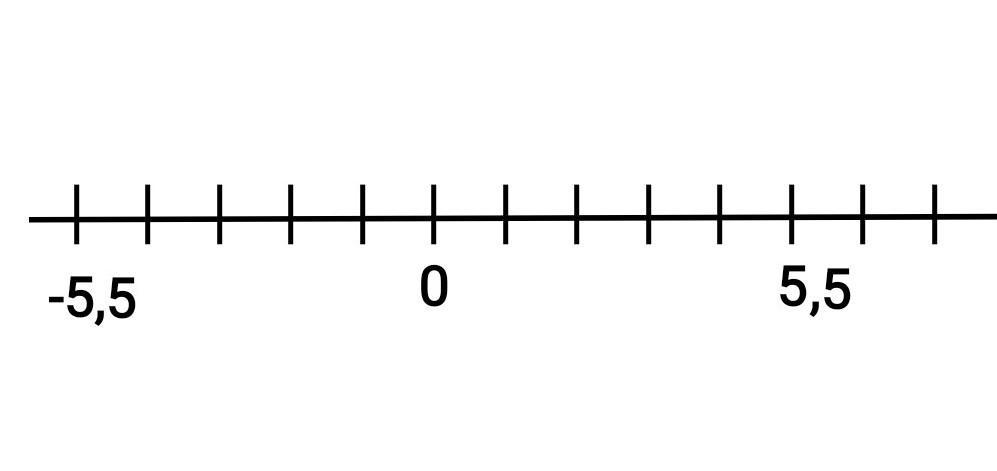Предмет: Математика,
автор: swetabarbina
Позначте на координатнiй прямій точки, модуль яких дорівнює 5,5. Запишіть всі цiлi числа, що знаходяться між ними.
Ответы
Автор ответа:
1
Пошаговое объяснение:
|-5,5| = 5,5
|5,5| = 5,5
Между числами -5,5 и 5,5 расположены целые числа такие как: -5; -4; -3; -2; -1; 0; 1; 2; 3; 4; 5
Приложения:

Похожие вопросы
Предмет: Биология,
автор: dinazhevedenko201078
Предмет: Английский язык,
автор: dosimetova2511
Предмет: Биология,
автор: karolina2012a
Предмет: МХК,
автор: dudiholga
Предмет: Русский язык,
автор: Nadya20017